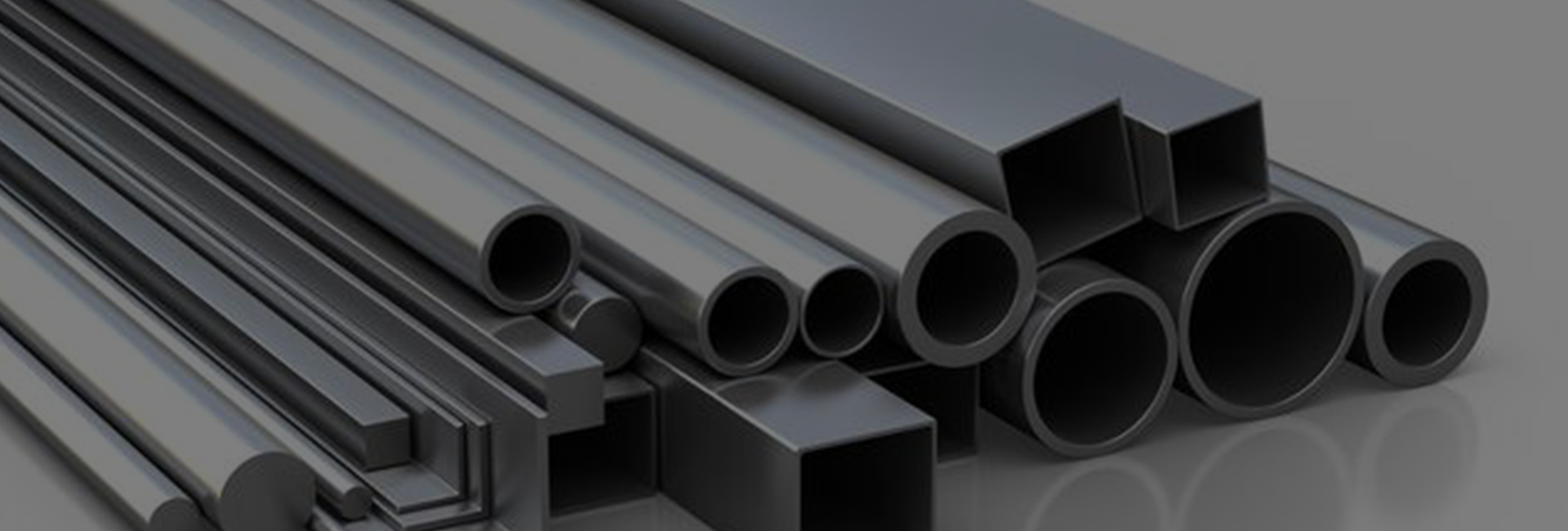201, 304 and 316 stainless steels are commonly used in the industrial and construction fields, and the main differences between them are reflected in their chemical composition, physical properties, corrosion resistance and their respective application fields. Here's a breakdown of these differences:
First of all, from the perspective of chemical composition, 201 stainless steel is a more common stainless steel material, its composition contains about 17% to 19% chromium, which is a key element to enhance its corrosion resistance, while containing 8% to 10% nickel, these proportions of alloying elements may also be accompanied by a certain proportion of nitrogen elements. 304 stainless steel is adjusted in composition, it contains 18% to 20% chromium and 8% to 10.5% nickel, such a ratio makes 304 stainless steel in many industrial applications excellent performance. For 316 stainless steel, it not only contains 16% to 18% chromium and 10% to 14% nickel, but also adds 2% to 3% molybdenum, the addition of molybdenum significantly improves its corrosion resistance.
In terms of physical properties, 201 stainless steel is known for its low strength and hardness, but this does not mean that its practicality is poor, on the contrary, it has good plasticity and toughness, so that it shows good processing properties and adaptability in some applications. 304 stainless steel has reached a moderate level of strength and hardness, and this balanced performance makes it ideal for a variety of industrial applications. As for 316 stainless steel, it has higher strength and hardness, especially in environments requiring very high corrosion resistance, its performance is particularly outstanding.
Corrosion resistance is an important index to measure stainless steel materials. In this regard, 201 stainless steel can resist the erosion of general atmospheric environment, fresh water and mildly corrosive media, showing good corrosion resistance. 304 stainless steel has a stronger resistance to most acidic media and organic acids, which makes it widely used in the food processing and chemical industry. 316 stainless steel because of the molybdenum element, its corrosion resistance to seawater, various acidic and alkaline media is more excellent, so it is very suitable for Marine engineering and pharmaceutical and other high-demand fields.
In the field of application, 201 stainless steel is often used in architectural decoration and kitchenware manufacturing because of its low cost, which is an affordable choice. 304 stainless steel is widely used in food processing, chemical equipment, medical equipment and other industries because of its good comprehensive performance. 316 stainless steel is more used in those areas that have higher requirements for corrosion resistance, such as Marine engineering projects, chemical production, pharmaceutical industry and so on.
To sum up, the selection of suitable stainless steel materials requires comprehensive consideration of the use of environment, performance requirements and cost factors. Understanding the chemical composition, physical properties, corrosion resistance and application areas of each stainless steel can help users make more informed choices.







